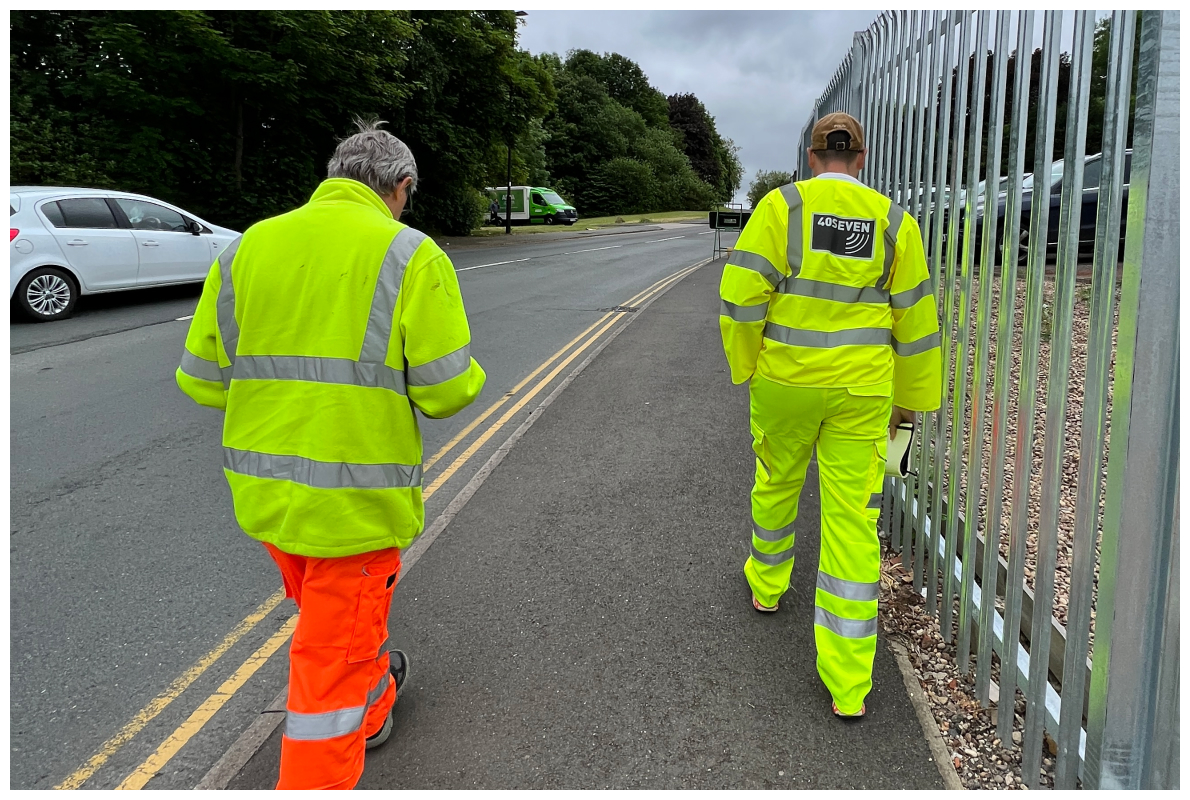The benefit of direct user access during Discovery
When working on any project at hrpr, there’s a recurring question we keep asking ourselves - does this meet the needs of the user?
Often that question has to be answered hypothetically based on a limited initial data set. So when starting a recent project to improve one of 40Seven’s internal tools, it was genuinely exciting (for me at least) to know I’d have direct access to the people who use the software everyday.
When personas become people
When we onboard any client, one of the first things we want to know is - who is your audience? We begin with establishing your own thoughts and opinions and combine that with any data you have available to validate those theories. From this somewhat lightweight information, we create Proto Personas. These are meant as a starting point, and ideally we’d work with you to refine these with further research, interviews and statistical data. Having a set of personas to refer to are crucial in ensuring that we’re keeping your audience front and centre in any decisions.
However, when working on internal tools or projects with a very specific set of users proto-personas can be bypassed, because we have the actual users to work with. These people are at the end of an email, a video call, or even better, sat beside us. We did exactly this with 40Seven as we collaborated with them to refine and redevelop their in-house survey reporting software, responsible for documenting, tracking and reporting on over 100,000 gas surveys a year.
“Work Therapy”
At the beginning of the Discovery phase we worked with the project lead to establish which roles within the company interacted with, or required output from the survey tracking system. Staff members for each of these roles were then involved with the discovery sessions. Goodbye theoretical personas, hello meaningful conversations in what we often refer to as ‘work therapy’ sessions.
These sessions, with real users, enable us to have a back-and-forth dialogue, ask follow up questions or even revisit interviews as new information is revealed by other participants within the process.

The sessions took the form of interviews and in-person user story workshops right through to pounding the streets of Sheffield, head-to-toe in high-vis, observing how surveyors capture data, managing their daily workload in varying weather and geographical conditions. By doing this, not only did we get a deeper understanding of the business, it also gave us a real understanding of the impact any changes to the system can have, both positively and negatively, in people’s day to day working lives.
As a result we were able to drill down into the pain points and inefficiencies and find opportunities to resolve these via technology - something that sits at the core of what we do at hrpr.
Benefits that extend beyond user insights
By directly involving end-users in the early stages and seeking their input, we not only gain valuable insights but also foster a sense of ownership and partnership. Their perspectives and concerns are acknowledged and addressed from the outset, making them more invested in the project's success.
As a result, the project becomes a collaborative effort, where stakeholders are more likely to champion it, provide continuous support, and actively participate in decision-making, ultimately leading to a smoother and more successful project outcome.
The more intimately we engage with our users, the better we can design tools that cater to their specific needs, making a real difference in their work lives.


